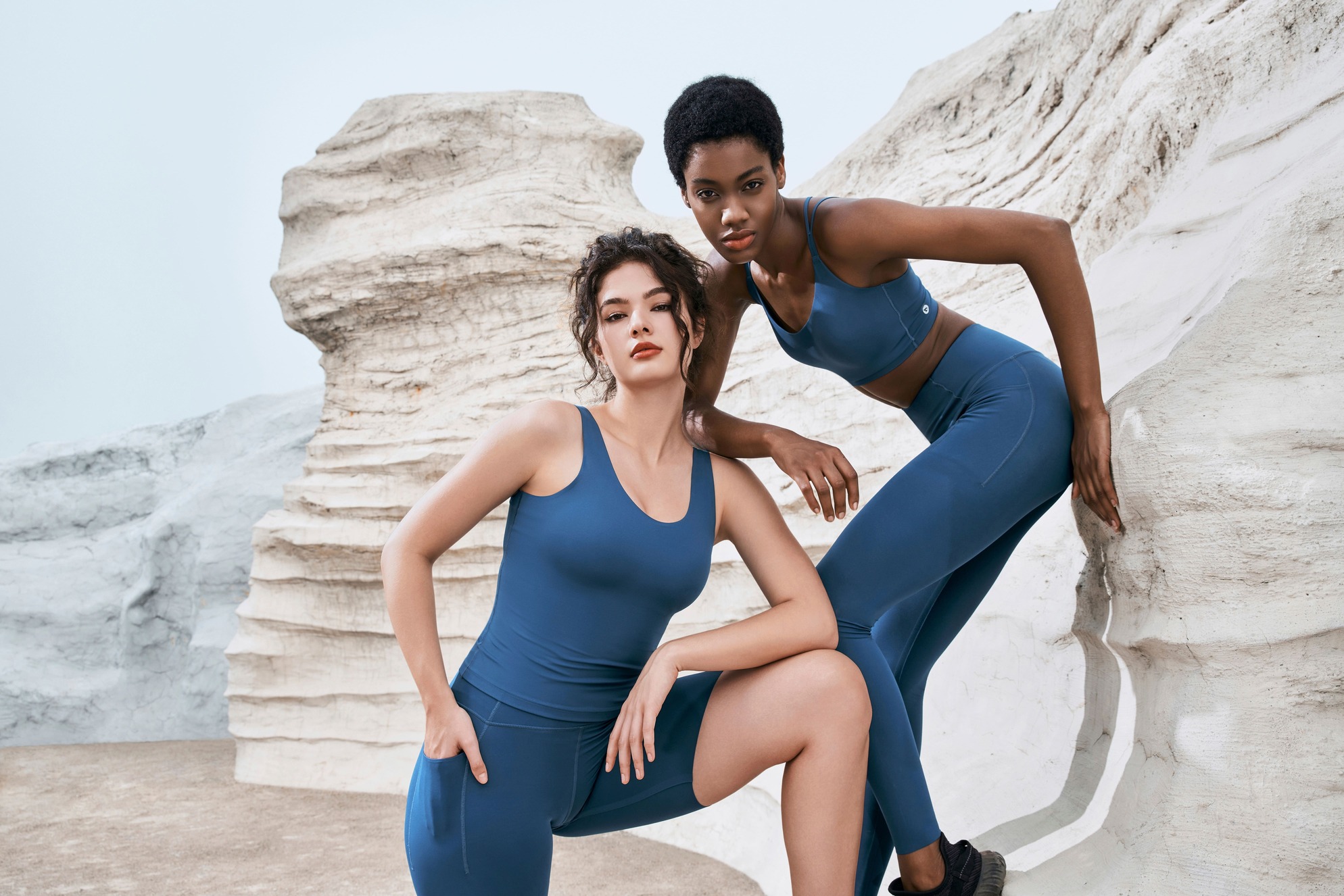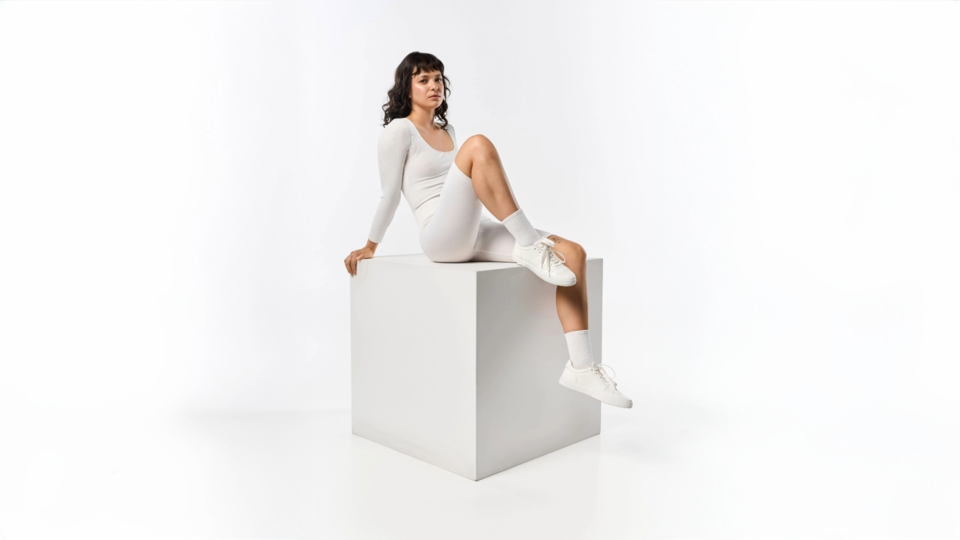Straight to the point
Fashion is visual.
So it’s only natural that photography plays a huge role in the industry. From shooting models for lookbooks and campaigns, to capturing unique style in city streets, fashion photographers are integral to how fashion style is present and consumed.
In this article, we’re covering the history of fashion photography, discussing some of the most influential fashion photographers, highlighting the photographers shaping the direction of fashion photography, and exploring the latest trends influencing imagery in everything from editorials to e-commerce stores.
A Brief History of Fashion Photography
Fashion photography has been around almost as long as the camera itself.
In the late 1800s, women posed for studio portraits in their best looks. Those images became the earliest versions of fashion shoots.
As printing technology improved in the 1890s, magazines finally had the tools to publish photos alongside text. By 1892, La Mode Pratique, a French fashion magazine, released what’s widely considered the first fashion photographs, with Harper’s Bazaar following soon after.
Photography quickly began replacing illustration as the way people discovered new styles.
Things shifted in 1911 when Edward Steichen set out to prove fashion imagery could also be fine art. His soft-focus shoot of models in Poiret gowns is now credited as the first modern fashion editorial. Two years later, Vogue hired Baron Adolph de Meyer as its first staff photographer, bringing a dreamy, romantic look that shaped the early visual language of the industry.
Through the 1920s and 30s, fashion photography grew more experimental. Artists like Man Ray, George Hoyningen-Huene, and Horst P. Horst played with surrealism, dramatic lighting, and bold composition. Editors kept pushing them to keep the clothes front and center, but the creative direction of the era set the stage for the post-war icons.
After WWII, names like Irving Penn and Richard Avedon redefined what fashion imagery could be. Magazines exploded in popularity. Photographers became household names. The “golden age” of fashion photography had officially arrived.
By the late 20th century, fashion photography was both a commercial engine and an art form worthy of gallery walls. Images such as Avedon’s Dovima with Elephants or Peter Lindbergh’s 1990 supermodel cover shaped culture just as much as they showcased fashion.
Today, fashion photography lives everywhere. Glossy magazines, ad campaigns, museum exhibitions, and of course, millions of social posts. It evolves with the industry and the tools we use, but at its core, it still does what it did from the start. It tells the story of style.
Related: E-Commerce Product Photography Guide for Fashion Retailers
12 of the Best Fashion Photographers
Some names are synonymous with fashion photography. Here are 12 who’ve shaped how we see style, from timeless legends to contemporary innovators:
1. Richard Avedon
Avedon brought energy to fashion photography, famously taking models out of the studio and into the real world. His Dior shoot with Dovima and the elephants remains one of the most iconic images in fashion history. Known for elegant compositions with emotional depth, he redefined how movement, character, and clothes could coexist.
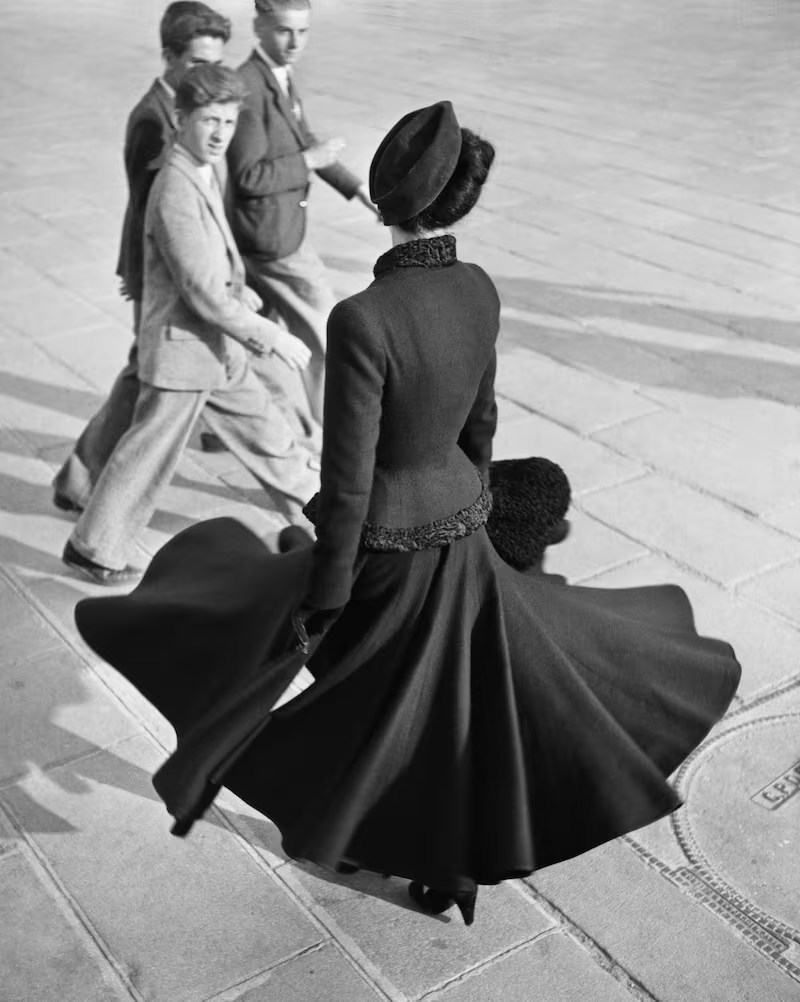
2. Irving Penn
The master of minimalism, Penn used simple backdrops and impeccable lighting to showcase form and silhouette. His work at Vogue spanned decades, and his clean, structured style lent fashion a timeless elegance that still influences photographers today.

3. Helmut Newton
Known for his provocative, stylized portraits of strong women, Newton explored themes of power, sexuality, and voyeurism. His high-contrast black-and-white photos, often shot on location, gave fashion photography a noir edge and a cinematic feel.

4. Patrick Demarchelier
With a natural, refined style, Demarchelier captured intimacy like few others. He was a go-to for fashion magazines and celebrities alike, creating elegant, authentic portraits. His ability to connect with subjects made even the most stylized shoot feel personal.
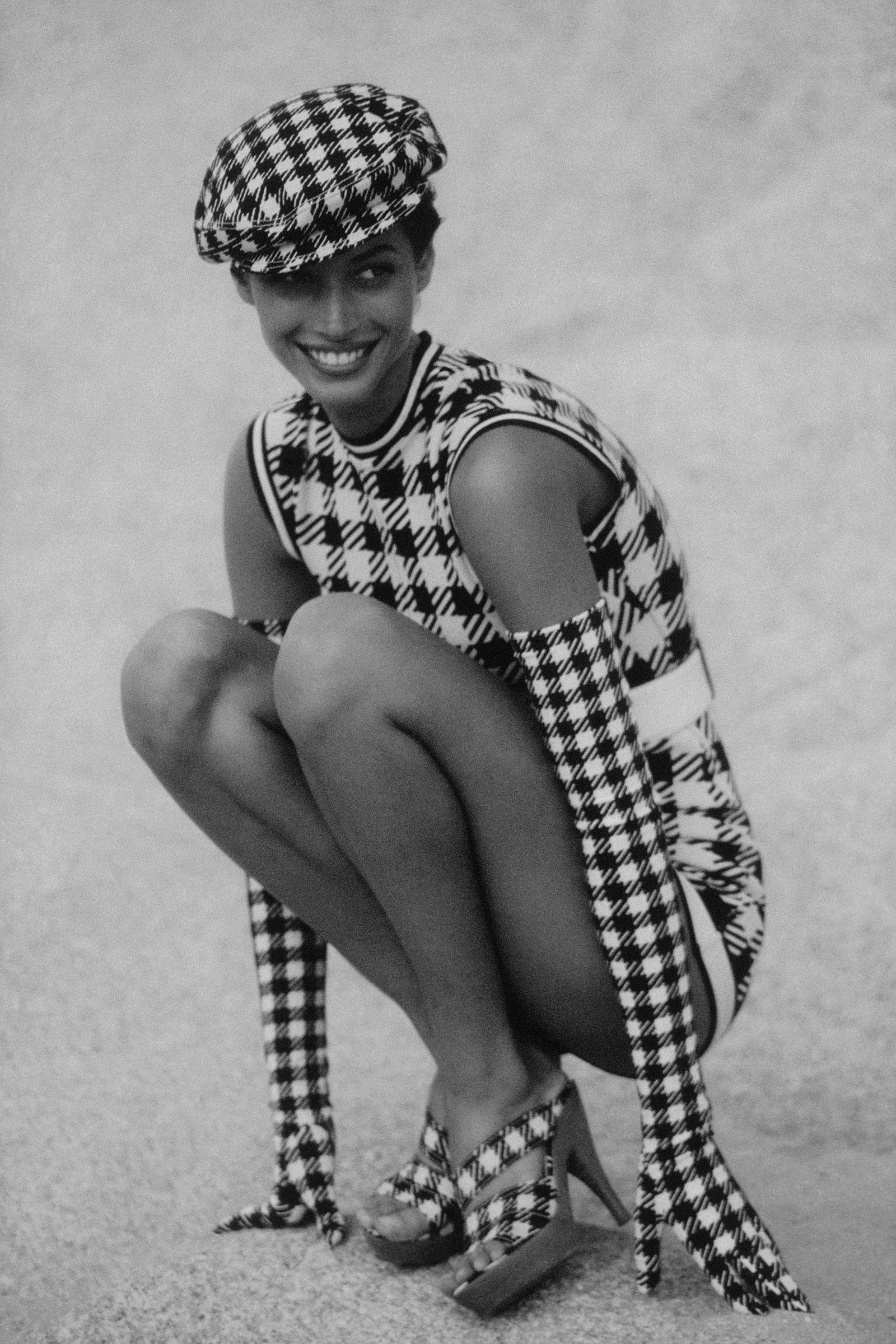
5. Peter Lindbergh
A champion of raw beauty, Lindbergh avoided heavy makeup and retouching, instead highlighting the emotional presence of his subjects. His black-and-white portraits helped launch the era of the ’90s supermodels and emphasized the power of natural storytelling.

6. Annie Leibovitz
Though she straddles the line between portrait and fashion photographer, Leibovitz’s storytelling and painterly compositions make her an essential photographer on this list. Her elaborate, cinematic shoots for Vogue brought fantasy and depth to fashion editorials.

7. Steven Meisel
Meisel is a visual shapeshifter. He reinvents styles and narratives with each editorial, often tackling cultural issues through fashion. His close collaborations with Vogue Italia and his role in launching major modeling careers make him a cornerstone of modern fashion imagery.
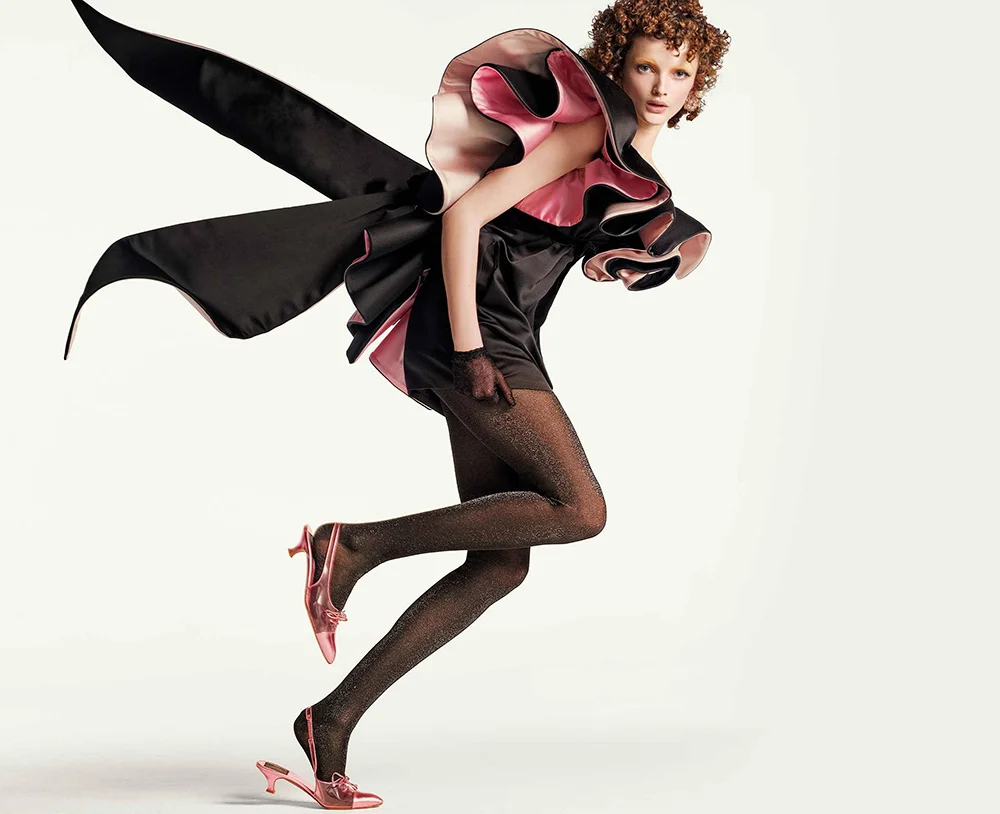
8. Mario Testino
Testino’s images radiate glamour, confidence, and spontaneity. Known for bringing high energy and warmth to luxury campaigns and editorial spreads, he helped humanize fashion photography while keeping it aspirational.

9. Ellen von Unwerth
Formerly a model, von Unwerth flips the gaze with her playful, provocative, and feminine style. Her images are vibrant, full of character, and celebrate women’s power and individuality in a way that feels both cheeky and empowering.
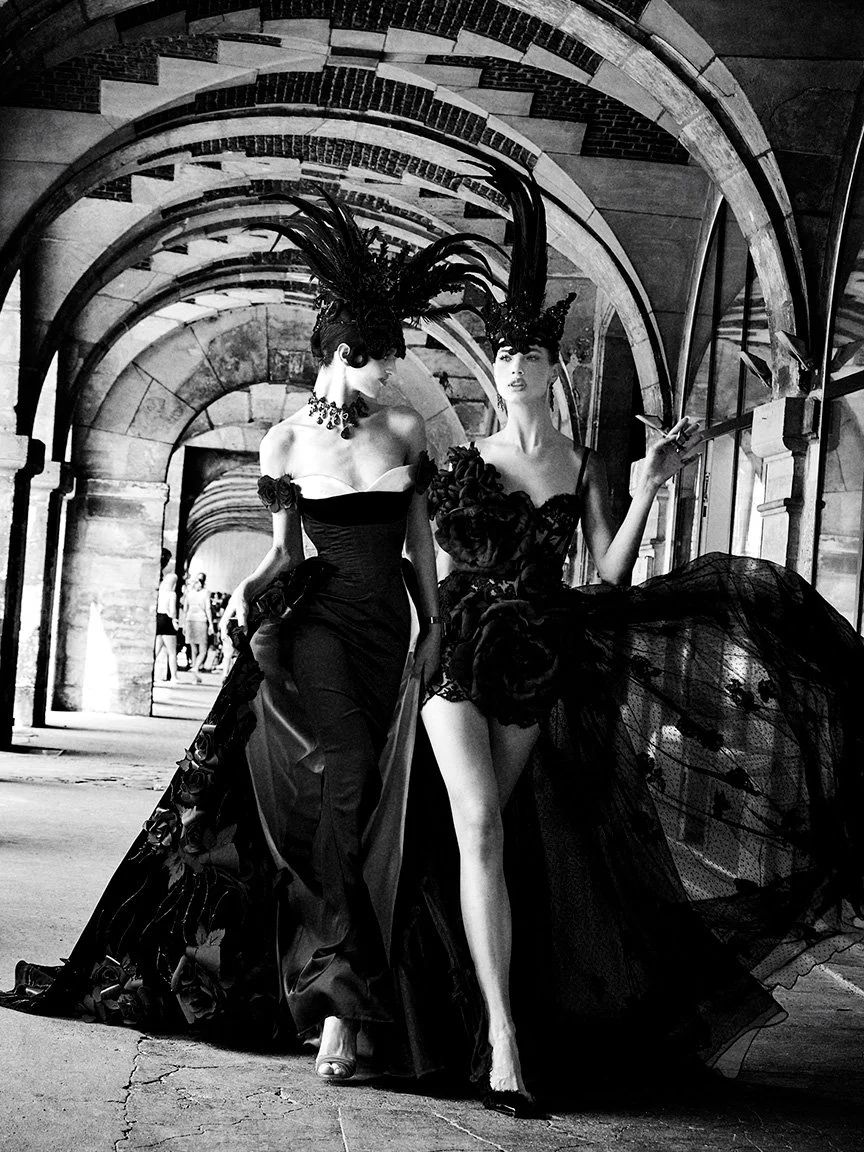
10. Nick Knight
A true digital pioneer, Knight blends high fashion with boundary-pushing technology. Through SHOWstudio and his experimental use of CGI and post-production, he’s redefined what fashion photography can look like in the 21st century.
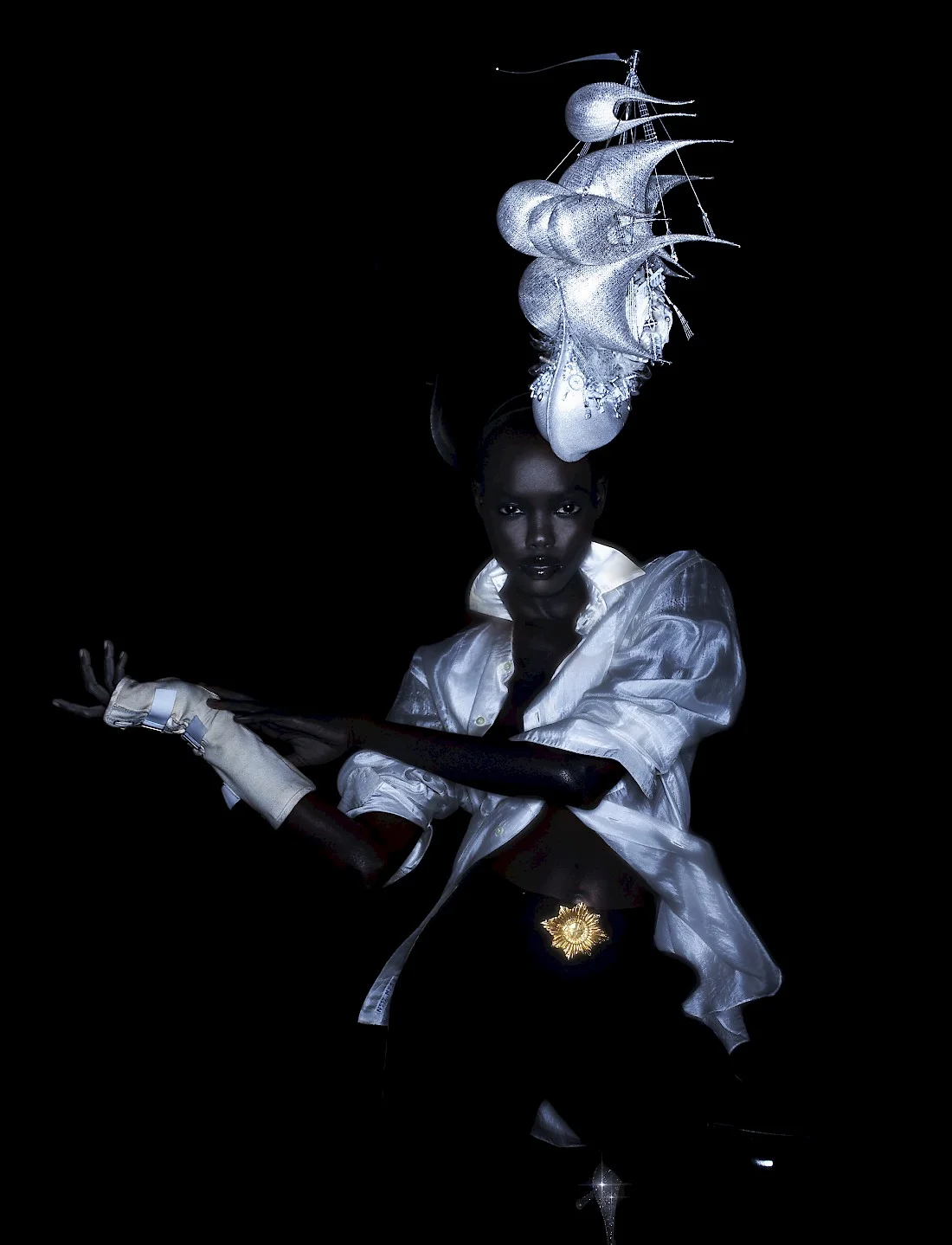
11. Tim Walker
Known for creating fantastical dreamscapes, Walker builds surreal sets that transform editorials into visual fairy tales. His use of props, color, and imagination offers pure escapism, turning every shoot into an immersive world.
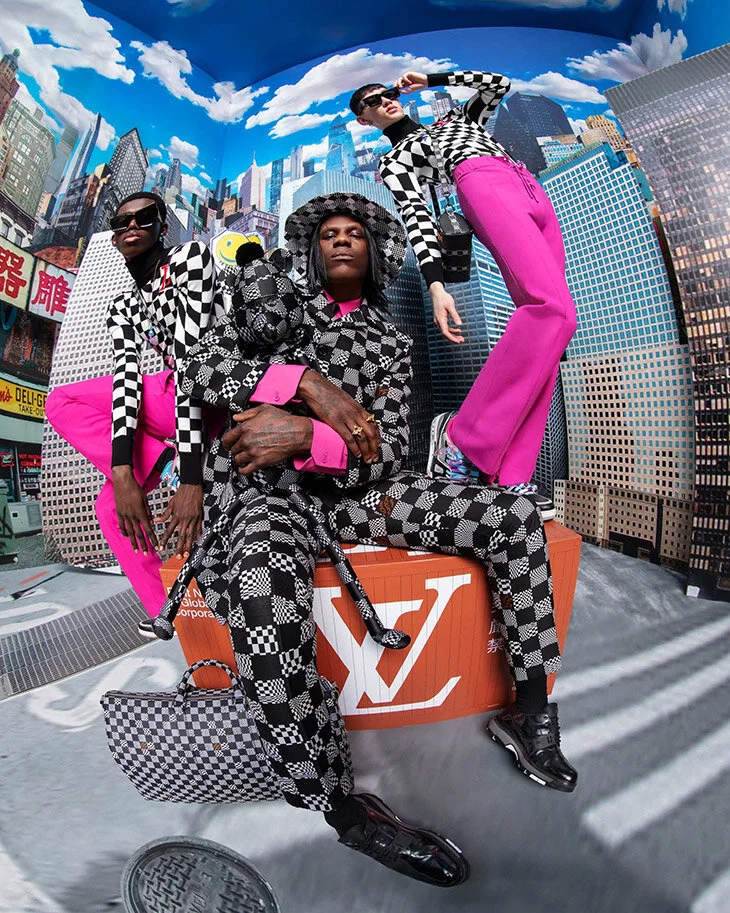
12. Chen Man
Fusing traditional Chinese iconography with futuristic aesthetics, Chen Man is reshaping fashion imagery in Asia. Her vibrant, digitally enhanced photographs challenge Western beauty standards and celebrate cultural pride.
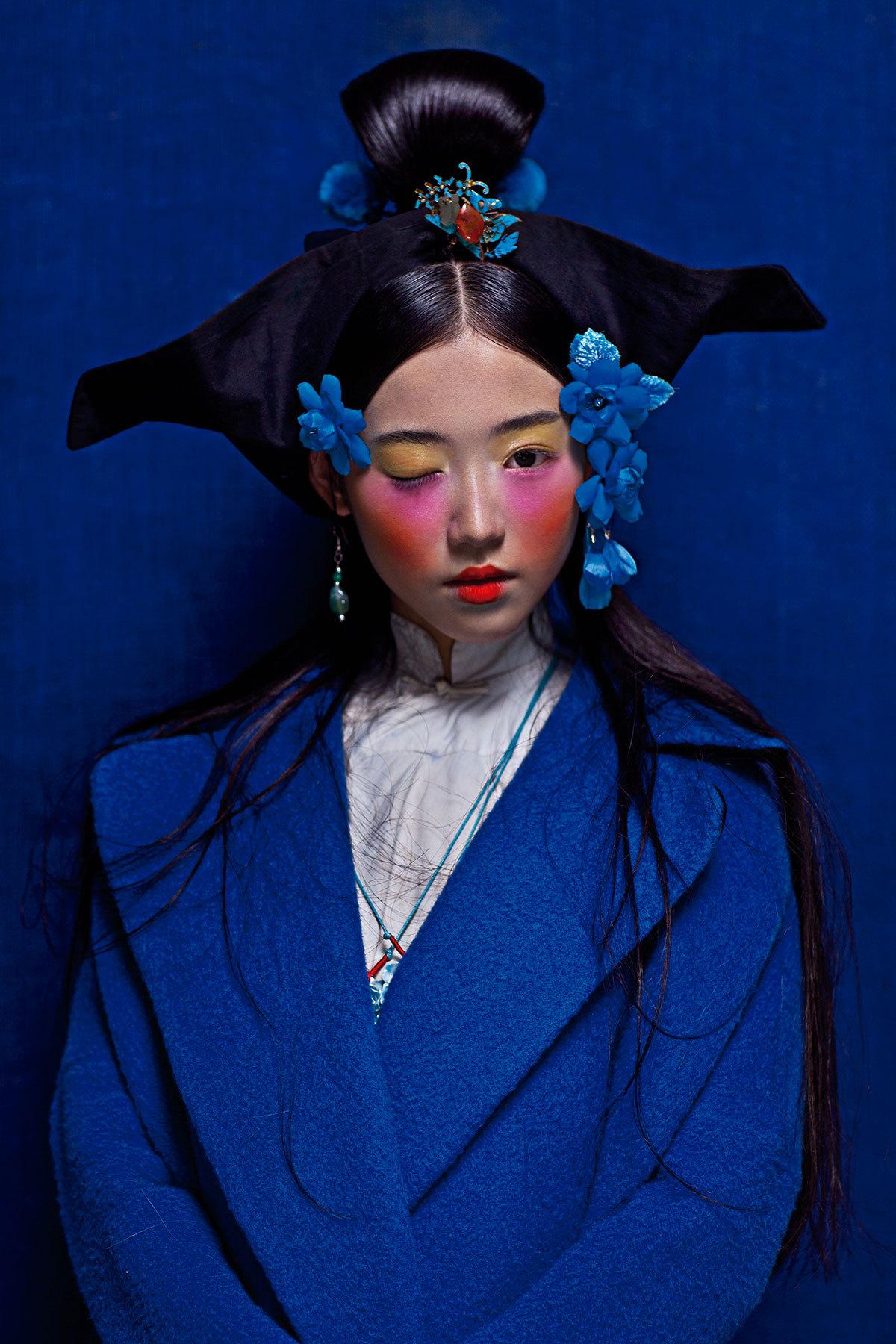
Current and Up-and-Coming Photographers
Fashion’s visual language is evolving, and today’s rising photographers are at the forefront of that shift. Here are some of the rising photographers of the fashion world:
Nadine Ijewere
As the first Black woman to shoot a Vogue cover, Ijewere has made her mark through ethereal portraiture that centers identity, culture, and natural beauty. Her work is intimate and celebratory, often highlighting underrepresented communities in fashion.
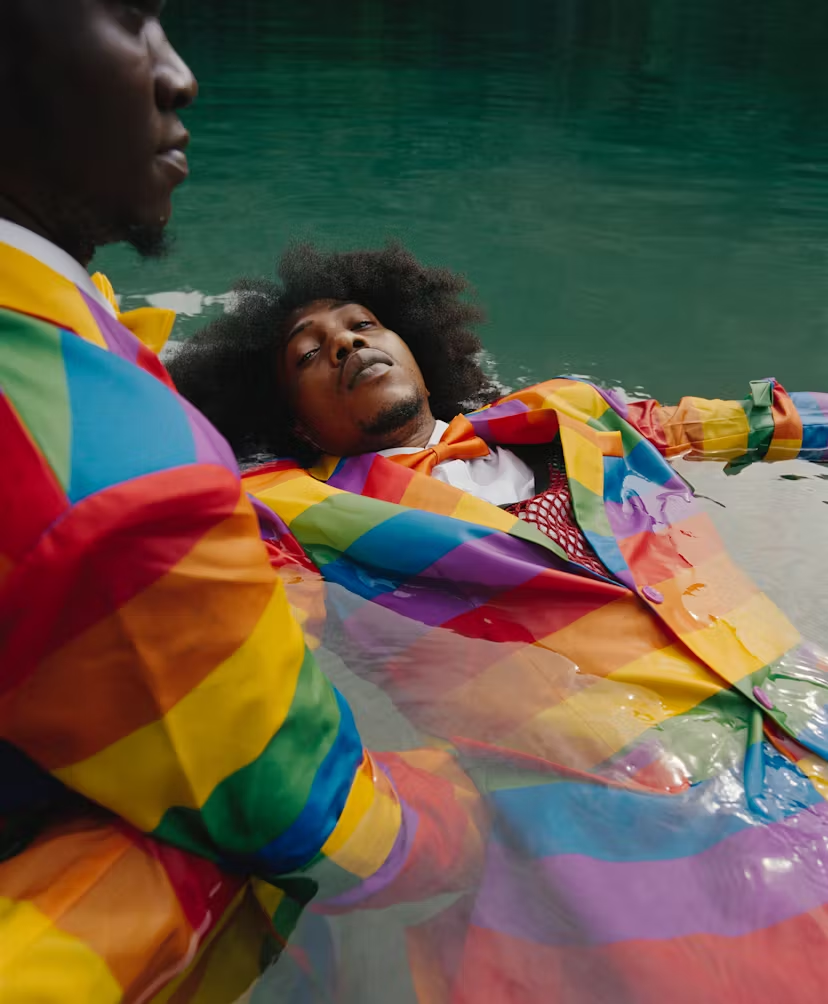
Tyler Mitchell
Best known for his 2018 cover of Beyoncé for Vogue, Mitchell brings a soft, dreamlike style rooted in optimism and youth culture. His images radiate joy and often highlight Black subjects with dignity and freshness rarely seen in traditional fashion media.
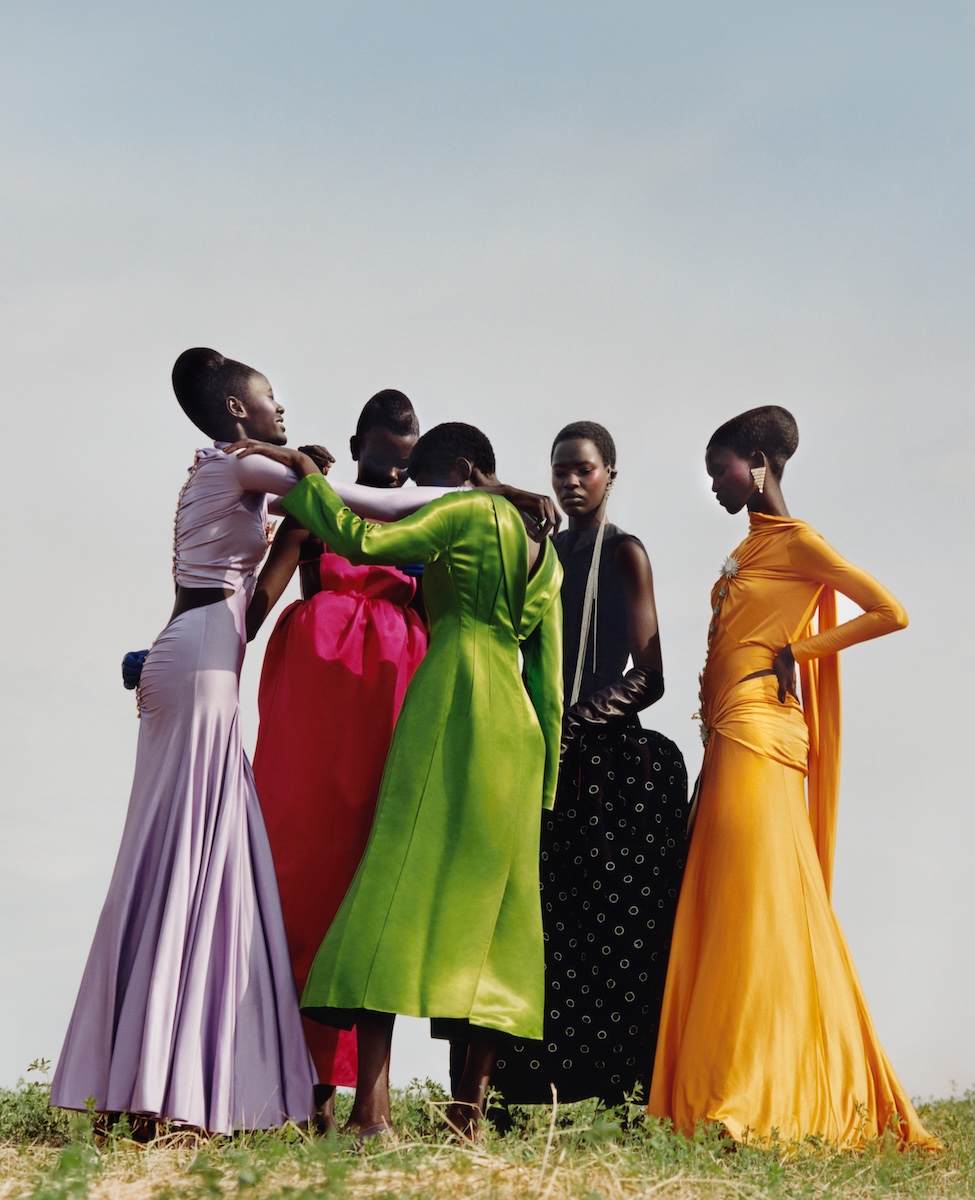
Campbell Addy
Addy’s work is emotional, dramatic, and rich with meaning. He blends classic editorial polish with personal storytelling, often exploring themes of race, gender, and belonging. His portraits carry a quiet intensity that lingers.

Julia Noni
Noni’s style is instantly recognizable: bold color blocking, graphic compositions, and a futuristic sense of fashion. She creates striking images that challenge the conventional, bringing a surreal, high-energy visual language to editorials.

Thibaut Grevet
Grevet combines sleek design and minimalism with fashion-forward thinking. His backgrounds are often architectural or industrial, emphasizing form and silhouette. The result is sharp, intelligent imagery that fuses style with structure.

Fashion Photography Trends
As fashion moves in a direction that blends ethics, inclusivity, and sustainability, photography is following suit.
Eco-conscious storytelling is gaining traction as brands prioritize sustainability not just in production, but in visual messaging. Shoots are more likely to highlight recycled materials, raw textures, and natural environments, grounding fashion in responsibility.
Diversity has become essential in both fashion and photography. Fashion photographers are expanding who they feature and how they tell stories, making room for all races, body types, ages, and identities. They’re crafting narratives that resonate with larger audiences.
On the tech side, digital-first creativity is leading the way. Campaigns are now built with vertical video, CGI, and AR in mind, made to thrive on Instagram, TikTok, and emerging platforms. This shift in how we consume content is forcing brands to rethink their visual identity in digital media.
There’s also a notable revival of retro aesthetics. Whether it’s analog film, vintage color grading, or soft-focus lenses, nostalgia is making a comeback, especially when paired with today’s styling. At the same time, a minimalist, unfiltered approach is on the rise. When everything online feels overly produced, many fashion images seek to feel more honest than curated.
These trends are showing up everywhere. In lookbooks, campaigns, as well as how brands present their products. From product descriptions that reflect sustainability narratives to product pages styled with a natural, inclusive aesthetic, photography is setting the tone.
The Art Form Shaping Fashion
Photography is arguably the most impactful art form in the world of fashion. Providing more than just a visual backdrop, it drives perception, aspiration, and identity. As new voices emerge and brands look to connect with more diverse, conscientious audiences, the medium will only grow more expressive.
Whether it’s shaping the future of product pages or redefining beauty in editorial spreads, fashion photography continues to be a powerful force.
If you run an online clothing store, one place where you cannot overlook photography is your product pages. To learn more, make sure to check out our breakdown of the anatomy of a high-converting product page.


